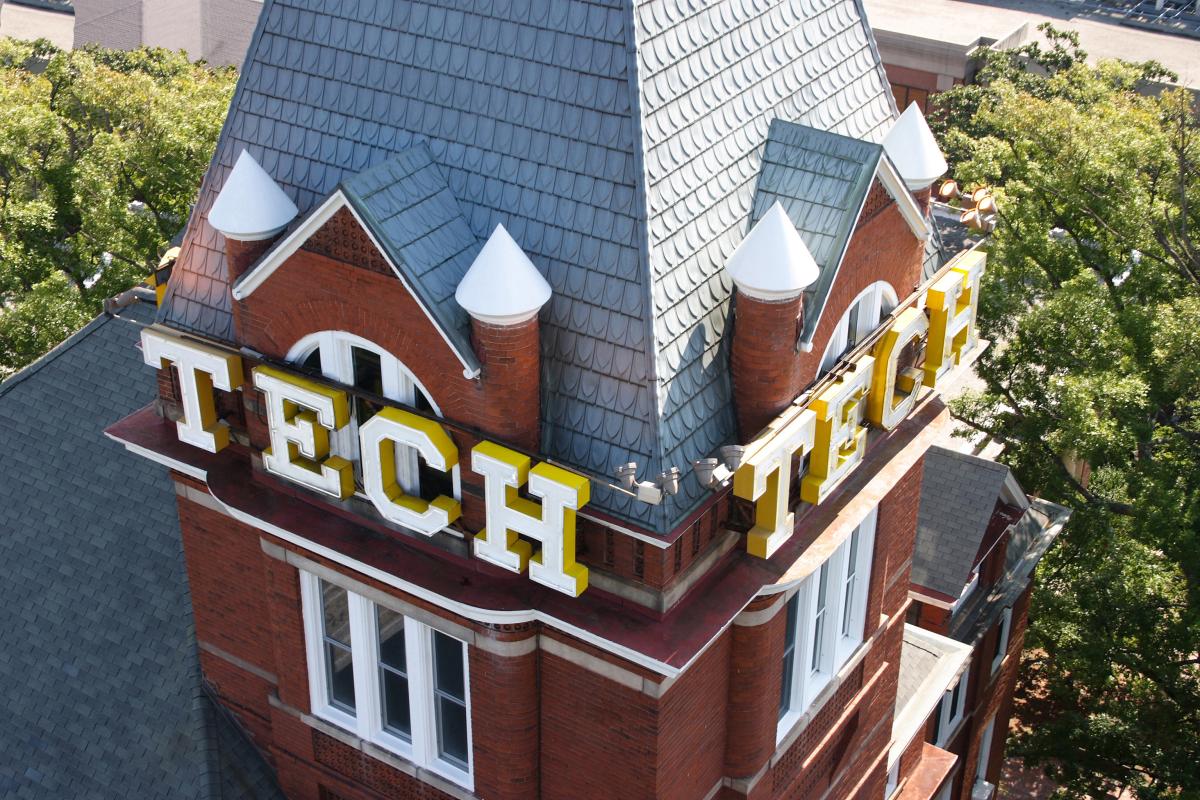
John Reynolds
“For his continuing and excellent contributions to Polymer Science and Engineering”
Dr. John R. Reynolds is a Professor of Chemistry and Biochemistry, and Materials Science and Engineering at the Georgia Institute of Technology with expertise in polymer chemistry and serves as a member of the Center for Organic Photonics and Electronics (COPE). His research interests have involved electrically conducting and electroactive conjugated polymers for over 30 years with work focused to the development of new polymers by manipulating their fundamental organic structure in order to control their optoelectronic and redox properties. His group has been heavily involved in developing new polyheterocycles, visible and infrared light electrochromism, along with light emission from polymer and composite LEDs (both visible and near-infrared) and light emitting electrochemical cells (LECs). Further work is directed to using organic polymers and oligomers in photovoltaic cells. Reynolds obtained his M.S. (1982) and Ph.D. (1984) degrees from the University of Massachusetts in Polymer Science and Engineering, he has published over 300 peer-reviewed scientific papers, has 15 patents issued and ~25 patents pending, and served as co-editor of the “Handbook of Conducting Polymers” which was published in 2007. He serves on the editorial board for the journals ACS Applied Materials and Interfaces, Macromolecular Rapid Communications, Polymers for Advanced Technologies, and the Journal of Macromolecular Science, Chemistry.
Timothy J. Bunning
“For creative development of responsive-based polymer-based material systems for dynamic photonic, mechanical, and sensing applications”
Dr. Timothy J. Bunning is currently Chief of the Functional Materials Division of the Materials and Manufacturing Directorate, Air Force Research Laboratory, Wright-Patterson Air Force Base. He is active in a diverse internal and external R&D effort that is developing new soft matter-based responsive materials and approaches for integration in a variety of applications. His current research interests center on developing novel mixtures of polymer and liquid crystal materials for use in a variety of dynamic photonic architectures He is the author or co-author of ~200 peer-reviewed publications, 90+ proceeding papers, several book chapters, and 16 patents. He has served the PMSE Division of ACS as a member of the Technical Program Committee (2002-2005), as a many year Member-at-Large (currently), and as a multiple ACS symposium organizer. He is the recipient of the 2002 John H. Dillon Medal from the Division of Polymer Physics, American Physical Society, and is currently a Fellow of APS, SPIE, and the Air Force Research Laboratory.
Fellow status is given to honor a small percentage of PMSE members who have made significant contributions to the science and engineering of polymeric materials.
Recognition for specific scientific or technological contributions to polymer materials science and engineering or applied polymer science, such as:
- Development of a polymer characterization tool
- Invention of a polymerization catalyst
- Discovery of a fundamental concept or principle in polymer science or engineering
- Leadership of, or substantial contribution to, the commercialization or manufacture of polymeric materials or processes
- Advancement of the science or engineering of polymeric materials
- (Co)inventorship of a key patent or (co)authorship of a key paper in polymeric materials science and engineering
Recognition of the overall advancement of the field of polymeric materials science and engineering, such as:
- Establishment of, or strong contribution to, polymer education or public image initiatives
